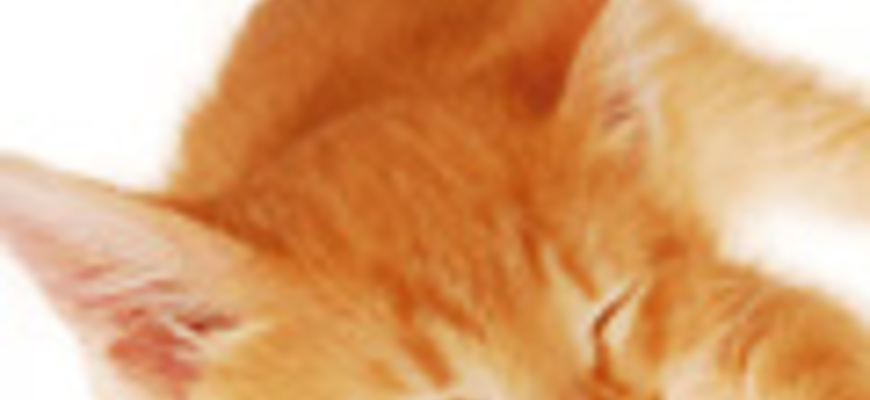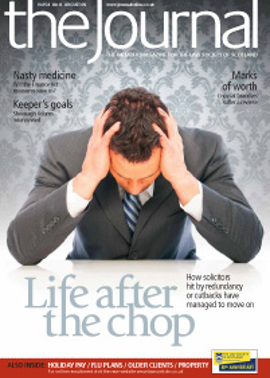Copycats: nine lives used up?

“Copycat” goods (i.e. goods with packaging which emulates the branding of well known products) have long been a problem for successful brands. Indeed some companies openly market their products as cheap imitations of the well known brand. Past skirmishes between trade mark owners and own-brand manufacturers have demonstrated that it is not always possible to prevent this using the laws of passing off/trade mark infringement.
In the recent case of L’Oréal v Bellure (C-487/07), 18 June 2009, which involved “smell-alike perfumes”, the ECJ has clarified that in some circumstances the owners of well known trade marks can prevent others from selling similarly branded products, even where there is no resultant damage to their trade mark. The trade mark owner need only establish that the copycat branding creates a link in the mind of the consumer to the trade mark, and thus takes unfair advantage of its reputation. This is very favourable to brand owners and provides much-needed clarification to this aspect of trade mark law.
Treasure hunt
L’Oréal brought trade mark infringement and passing-off proceedings in England against companies who manufactured and distributed cheaper “smell-alike” imitations of their perfumes. Their brand names were fairly different to their L’Oréal counterparts, but the packaging was designed to call to mind L’Oréal’s products. Forexample, one of L’Oréal’s products
in issue was TRÉSOR (“treasure” in French). The copycat perfume was named La Valeur. Its packaging was shaped like a treasure chest.
In addition, distributors were provided with comparison lists explaining which L’Oréal product the cheap perfume was designed to imitate by reference to L’Oréal’s trade marks.
Legal options
The categories of registered trade mark infringement in UK/European law (statutory references are to the Trade Marks Act 1994, s 10, implementing article 5 of the Trade Marks Directive (89/104/EEC, replaced by Directive 2008/95/EC)) are:
- use of identical marks on identical goods/services (“s 10(1) infringement”);
- use of similar or identical marks on similar or identical goods or services, where there is a likelihood of confusion on the part of the consumer (s 10(2) infringement); and
- use of marks similar or identical to well-known trade marks with a reputation in the UK where this takes unfair advantage of, or is detrimental to, the distinctive character or repute of the registered trade mark (s 10(3) infringement).
Section 10(1) infringement does
not usually apply to copycat branding cases since the mark used is usually deliberately not identical to the registered trade mark. In this case, L’Oréal argued that the comparison lists amounted to s 10(1) infringement.
It can be difficult to establish
s 10(2) infringement in copycat branding cases. Copycat branding is usually intended to call the original brand to mind, but not to go so far as to confuse customers.
Section 10(3) provides extra protection for well known trade marks against those free-riding on their reputation (unfair advantage) or causing detriment to it.
The UK law of passing off protects goodwill which encapsulates unregistered, as well as registered, trade marks. The brand owner must show (1) that it has goodwill in the brand; (2) that the defender has made a misrepresentation to the public leading them to believe its goods/services are those of the pursuer; and (3) that this has resulted in damage to the pursuer. Requirements (2) and (3) can be hard to establish in copycat branding cases.
The English courts’ approach
L’Oréal had mixed success at first instance, establishing that some (but not all) of Bellure’s activities amounted to trade mark infringement, and failing to establish passing off: [2006] EWHC 2355 (Ch). The Court of Appeal ([2007] EWCA Civ 968) referred to the ECJ the question of whether Bellure took unfair advantage of L’Oréal’s trade marks. In doing so, Lord Justice Jacob commented that the respective products were not in competition with each other as they operate in different price and market sectors. No one would think they were from the same source.
He noted that, while a link had been established between the L’Oréal products and copycat products by their packaging, and there was little doubt that the link conferred an advantage on Bellure, he was not convinced that the advantage was unfair. He opined that where there is no damage to the trade mark owner, that should not amount to unfair advantage in terms of s 10(3).
The Court of Appeal also asked the ECJ to decide whether such comparison lists amounted to trade mark use, and whether they were prohibited by European comparative advertising legislation (Directive 84/450/EEC, as amended by Directive 97/55/EC ).
Finally, the Court of Appeal concluded that there was no passing off as consumers were not being deceived into thinking the goods of Bellure were those of L’Oréal.
ECJ decision – unfair advantage
The ECJ stressed that the legislative concept of “taking unfair advantage of the distinctive character or the repute of the trade mark”
(i.e. “free-riding”) is a separate concept to that of detriment. The ECJ explained that: “an advantage taken by a third party of the distinctive character or the repute of the mark may be unfair, even if the use of the identical or similar sign is not detrimental either to the distinctive character or to the repute of the mark or, more generally, to its proprietor”.
It further commented: “where a third party attempts, through the use of a sign similar to a mark with a reputation, to ride on the coat-tails of that mark in order to benefit from its power of attraction, its reputation and its prestige, and to exploit, without paying any financial compensation and without being required to make efforts of his own in that regard, the marketing effort expended by the proprietor of the mark in order to create and maintain the image of that mark, the advantage resulting from such use must be considered to be an advantage that had been unfairly taken of the distinctive character or the repute of that mark”.
The ECJ specified that in deciding whether unfair advantage has been taken, national courts must undertake a global assessment taking into account all of the circumstances of the case, including:
- the strength of the mark’s reputation;
- the degree of distinctive character of the mark;
- the degree of similarity of the marks at issue; and
- the nature and degree of proximity of the goods or services concerned.
The more strongly the registered trade mark is brought to mind by the defendant’s packaging, the more likely it is taking unfair advantage.
The ECJ noted there was a link between the packaging used by Bellure and L’Oréal’s packaging, and the link conferred a commercial advantage on the defendants. Furthermore, these similarities were created intentionally to assist the marketing of the imitations by creating an association in consumers’ minds with L’Oréal’s luxury fragrances.
Comparative advertising
The defendants argued that their use of the marks on the comparison list was descriptive use, to describe a characteristic of the products (i.e. that they were smell-alikes of L’Oréal’s products). Such descriptive use could not amount to s 10(1) infringement.
However, the ECJ held that the functions of a trade mark encompass not just the essential function (as a guarantee of origin), but also other functions including guaranteeing the quality of the goods and services in question, and advertising. The ECJ determined that the defendants were using the marks for advertising purposes, not descriptive use. If use of a trade mark in a comparative advert does not comply with all of the conditions of the legislation, the trade mark proprietor can prevent its use, provided that its use affects one of the functions of the registered trade mark.
Comparative advertising legislation prohibits taking unfair advantage of the reputation of a mark (Directive 84/450/EEC, article 3a(1)(g)), and presenting goods as replicas or imitations of those bearing protected trade marks or trade names (article 3a(1)(h)). Use such as that made by Bellure would thus be prohibited.
Implications
Unsurprisingly, this judgment has been broadly welcomed by brand owners. Clarification that successful action against trade mark infringement under s 10(3) does not depend on likelihood of confusion or any damage to the trade mark should make it easier for owners of well known trade marks to bring successful actions against manufacturers of copycat products.
Others have argued that this judgment potentially prohibits consumer choice, claiming that there are consumers who deliberately seek out cheaper imitation products such as cheap perfumes and that their choice will be restricted by this judgment. However, if the copycat branding in question is doing nothing other than free-riding on the reputation of the brands which it seeks to emulate, then such arguments may not hold water. If the links to the original brands did not increase sales, the imitations would not exist. Thus it is difficult to see the advantage they derive as anything other than unfair.
While this judgment favours brand owners, it is far from clear that this will result in a reduction in copycat branding across all sectors. This is particularly true regarding supermarkets and discount stores, some of which have been known to use branding that “winks at” that of branded competitors. Since brand owners can be dependent on the supermarkets to stock their products, taking action against such copycat branding may not be commercially viable in some cases. However, the decision certainly adds to the weapons of luxury brands such as L’Oréal in the fight against imitators.
In this issue
- Planning's big day
- Hair alcohol tests: tackling the root of the problem
- Ask not...
- Trainee recruitment must be more open
- Honest talking
- Out, but not down
- A budget to save the world?
- Uncertain rights
- Copycats: nine lives used up?
- A break from illness?
- On the record
- From the Brussels Office
- Member support: the next level
- Legal practice reinvented
- Beat the pandemic
- Ask Ash
- A vintage problem?
- Final is still final
- Blacklisting blacklists
- A better fitting kilt
- Proper restraint
- Scottish Solicitors' Discipline Tribunal
- Website review
- Book reviews
- Knowledge rules OK?
- Lifting the stones
- Legitimate finding or mortgage fraud?
- Islamic finance: a Scottish lead?
- Environmental Law Centre: taking issues






